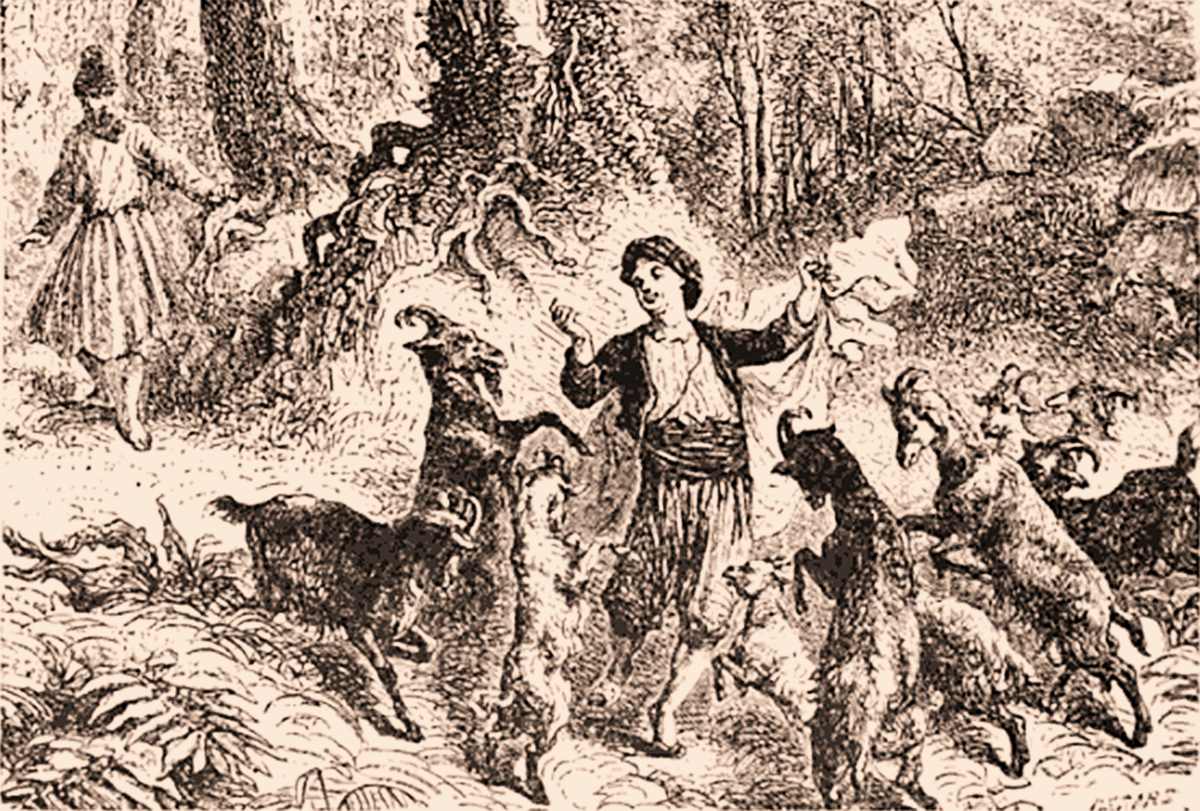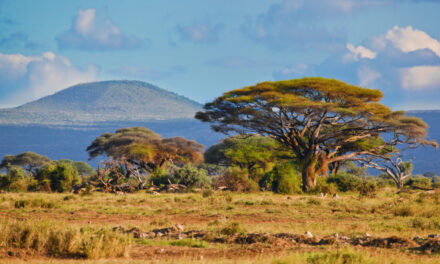
Kaldi and the Dancing Goats: Coffee’s Origin Legend
Who discovered coffee, and when? I never really thought about it. When I was a kid, coffee was always around. My parents drank coffee, my grandparents drank coffee, all the adults I knew drank coffee. I assumed I would drink it too when I was older, and of course, I did.
But there must have been a time before coffee. I don’t remember coffee making an appearance in any of the Bible stories I learned. Esau sold his birthright to his brother Jacob for a cup of stew (or in older translations, “a mess of pottage,” not coffee (despite some speculation by early coffee chroniclers).[1] Jesus changed water into wine, not coffee. Maybe if coffee had been around, he would have changed some of the water into coffee, for after dinner.
Maybe that’s what “B.C.” in those timelines meant: “before coffee.” Or even the modern, more politically correct version “B.C.E.”—maybe “before the coffee era”?
In any event, according to popular legend, the origin of coffee can be traced to the day, over a thousand years ago, when an Abyssinian (Ethiopian) goatherd named Kaldi observed his goats prancing and frolicking about. Kaldi had previously found the behavior of his goats to be “irreproachable,” so he knew that something unusual was going on.
When Kaldi investigated, he saw that the goats were merrily eating the red berries and shiny leaves of an unfamiliar tree. Kaldi decided to try some, and when he did, he joined the dancing goats and became “the happiest herder in happy Arabia.”

Arabica coffee berries ripening on a tree. It's not surprising that Kaldi's goats would want to nibble on them!
Some time later, a passing monk observed Kaldi and the goats. When Kaldi told him about the berries, the monk thought they might be the answer to his prayers—literally. It seems that the monk was always falling asleep in the middle of prayers. When he ate the berries, he stayed awake.
The unnamed monk came up with the idea of drying and boiling the berries to make a beverage. His fellow monks loved the new drink because it encouraged them to pray—and it tasted good too.
The details of the coffee origin legend are as cloudy as the mountainous Ethiopian forests where the wild coffee grew. Some coffee historians give all of the credit to the monks and leave Kaldi out of the picture. But the story of Kaldi and his dancing goats has been told as far back as the 17th century, and in my opinion, it’s the kind of romantic and delightful origin story that coffee deserves.
Notes:
[1] William Ukers cites several early writers who speculated that coffee did appear in the Bible. For example, they suggest that the pottage for which Esau sold his birthright (Genesis 25) was coffee, the grain that Ruth received from Boaz (Ruth 2) was coffee, and coffee was among David’s presents from Abigail (1 Samuel 25). Of course, these passages were never translated this way, and Ukers discounts the possibility that coffee was known that early. See Ukers, All About Coffee, pp. 13–15.
References:
William H. Ukers, All About Coffee. New York: The Tea and Coffee Trade Journal Company, 1922. Mark Pendergrast, Uncommon Grounds: The History of Coffee and How It Transformed Our World. Revised Second Edition. New York: Basic Books, 2010.
Copyright © Brian Lokker 2013, 2024. An earlier version of this review was published on CoffeeCrossroads.com.
The featured image is adapted from an illustration in William H. Ukers, All About Coffee, 1922. Credited by Ukers as a “drawing by a modern French artist.”




